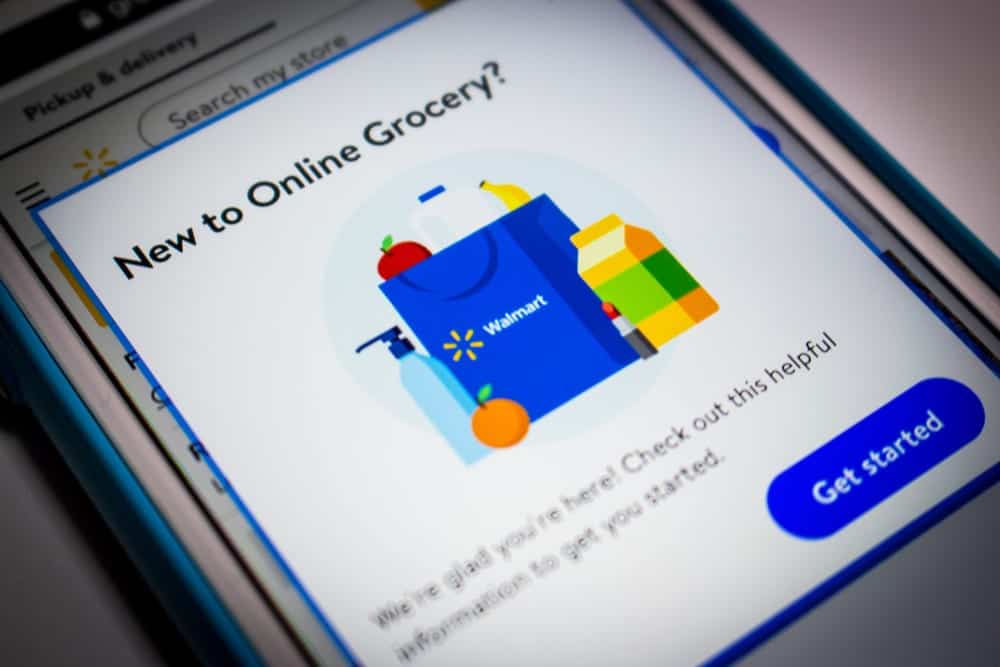
Inspiring Pop-up Design Examples to Help Grow Your Online Business
When you hear the word “pop-up” you might think about the word negatively from bad experiences. However, when they are used in the right way they can actually convert more visitors and increase their user experience.
Why Use Pop-ups?
The short answer is they work.
Pop-ups can be used to build your newsletter list, capture your visitors’ attention before they leave the page, and highlight relevant offers, products or sales. By using pop-ups they keep people on your site, whilst collecting data from leads.
How pop-ups have worked for other companies:
- Entrepreneur magazine increased sales by 162% by adding a hover.
- Hotjar gained 60-70 new users per month with a pop-up that puts user experience first.
- Broomberg wanted to generate more leads on a tight advertising budget. They increased their leads by 72% using a pop-up, without having to spend more money on paid search advertising.
Popup Design Pro Tips
The headline is key
80% of people only read the headline of a piece of content, therefore having a good headline can boost your traffic by up to 500%.
Be clear, relevant, and concise
With your pop-ups you want them to be clear and to the point whilst being relevant. Although you should also make sure your pop-up is relevant to the page your visitor is on. For example, Canvas Factory found out that their offer of giving visitors a discount on their first purchase, when they sign up to their newsletter, didn’t do so well on their blog pages. Their conversion rate on blog posts was just 0.18%, whereas it was 11% on product pages. This was due to the fact that on the blog posts, visitors were just looking for information compared to the product pages where potential customers were.
Design with user experience in mind
When designing your pop-up you need to think about the whole journey the viewer will take. This should help you achieve the relevance of the pop-up. An example is if you have a piece of content then have a pop-up that will appear before they leave the page, that will send the viewers to related content or to a product that was mentioned.
Have a strong call-to-action (CTA)
A CTA should be the focal point of the pop-up, therefore you should make it stand out. It should be obvious to the viewer what you are asking from them, even if they look at it for a split second. However, you can only have one call to action per pop-up, so there can’t be two different offers. You need to decide what you want the visitor to do.
Things to Avoid
These are some of the reasons why pop-ups leave a negative feeling towards viewers. If you follow the tips above and avoid the ones below, you are bound to see the benefits of pop-ups.
Confirmshaming
This is when you get a pop-up that has a snarky response for the opt-out button. For example, it could say “No thanks, I don’t like to save money.” This tactic might have worked the first time you saw it but now it’s old, as it takes away from the offer and you can lose out on custom. Due to the negative attitude, a visitor that wasn’t ready to buy something at that moment in time, might decide all together to not buy anything from that company after that negative experience.
No exit option
The ability to opt-out or close the pop-up should be straightforward. So when you get a pop-up that doesn’t allow you to do this, it makes visitors leave your site straight away as they can’t do what they were planning unless they sign-up. This will also make them choose your competitors over your company, due to this bad experience.
Learn From Other
When it comes to designing your pop-up, look at what you like from other sites and incorporate them into your design. As the odds of you using something you like and whether your visitors will like it, are very high.
Collect Data
Pop-ups can give you all kinds of information. It can give you information about what is working and what isn’t, through impressions, clicks and conversion rates. Nevertheless, if you are testing a bunch of different ones at once then you won’t know what is working and what isn’t.
Target and Segment
Once you’ve collected the data you can create customer segments for advertising. This is when you divide the customer based on groups of individuals that are similar in specific ways relevant to marketing, such as age, gender, interests and spending habits.
You can also trigger pop-ups based on how the visitor came to the page or where the visitor is located. For example, you can show one pop-up if a visitor has come through a newsletter link and a different one if the visitor has come through social media.
Plus you can use dynamic text replacement (DTR) to change the text to match what customers are looking for based on their data.
Conclusions
Having a well designed pop-up can be the difference between your business gaining more conversions, more leads and more profits, compared to losing custom. Therefore, sticking to the tips I have listed will help you to gain the results you want.




